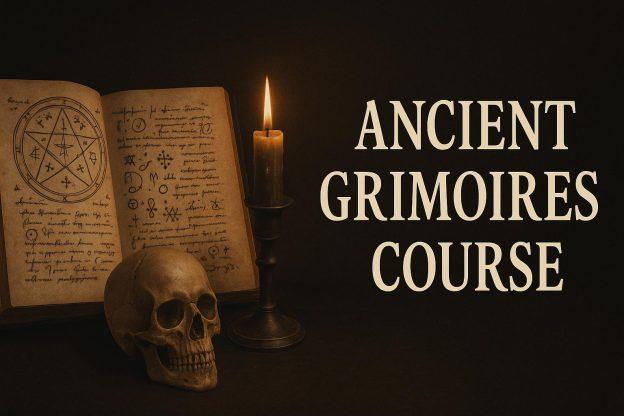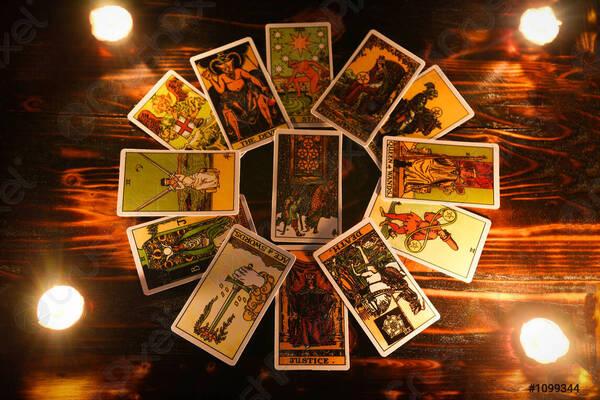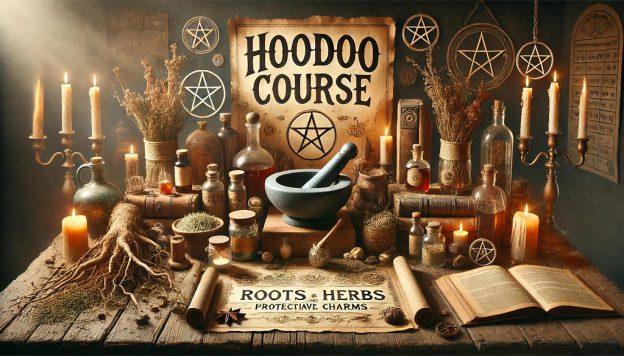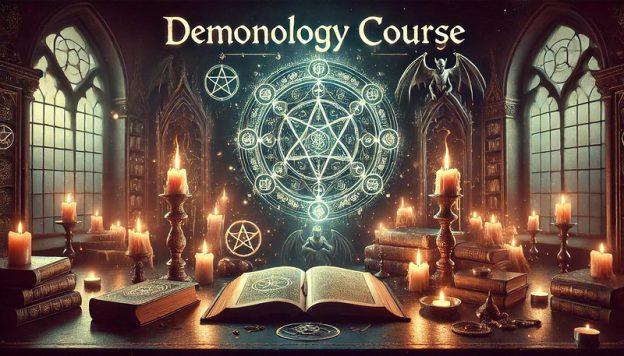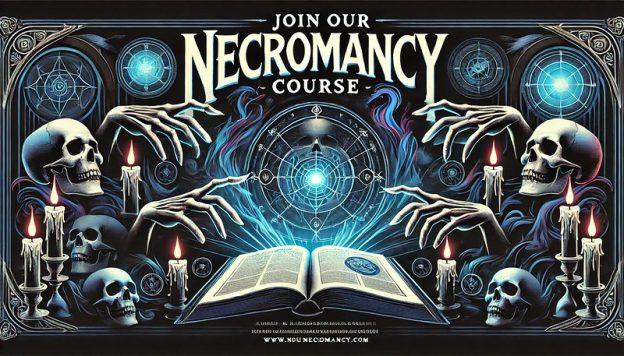Clamancy
Clamancy refers to the art of divination by interpreting the spontaneous shouts, cries, or other vocal outbursts heard in various settings, such as crowded gatherings, nighttime environments, or even isolated moments of sound. This ancient practice involves discerning meaning and messages from the chaotic and seemingly random vocal expressions of others, often believed to carry spiritual or prophetic significance.
Etymology
The term originates from the Latin word clamare, meaning “to cry out” or “to call.” This root reflects the central focus of clamancy: the act of interpreting cries or calls as a means of accessing hidden knowledge or insights.
Historical Context
Clamancy has its roots in ancient civilizations, where individuals believed that divine forces or spirits could communicate through the collective or random voices of humanity. The practice might involve listening to the sounds of a marketplace, the cries of animals mingled with human voices, or the eerie echoes of shouts heard in the stillness of the night. The chaotic nature of these sounds was thought to offer an unfiltered channel to higher truths or omens.
Methods of Practice
Practitioners of clamancy often positioned themselves in environments rich with natural or human-generated sounds. These might include:
- Marketplaces or public gatherings: Listening for distinctive cries or phrases and analyzing their symbolic meaning.
- Nighttime settings: Interpreting the sounds that break the silence, such as distant shouts, cries of animals, or wind-like wails.
- Ritual settings: Calling upon spirits or deities to manifest messages through random vocalizations within a group.
Interpretations were deeply contextual and might be influenced by the tone, direction, timing, or repetition of the sounds. Practitioners combined their observations with symbolic frameworks or personal intuition to derive meaning.
Modern Relevance
Though less common today, clamancy remains an intriguing part of the history of divination. Modern interpretations may see it as a metaphor for finding meaning in chaos or recognizing patterns within seemingly random occurrences. It also highlights the human tendency to search for deeper significance in the world around us.
